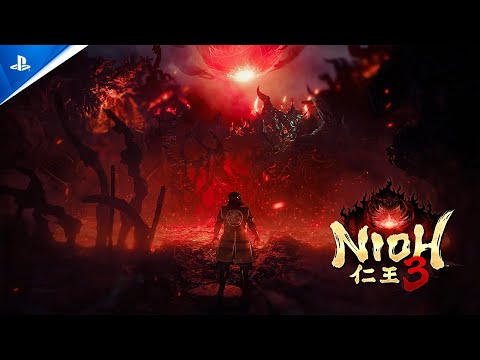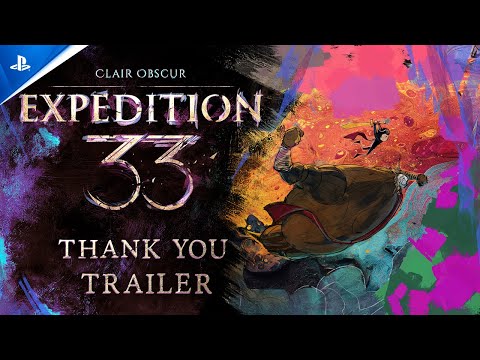Games as a form of entertainment have a long …. very long history. I don’t have the capacity, nor the desire, to cover that in this blog -)
My hope in this blog is to touch on the evolution of game monetization since the early 80s’and hopefully create a stimulating discussion among the readers of this blog regarding the topic.
The truth is game makers have always found a way to make money from their games. True, monetization options were limited but as long as games gave been played, game makers have had ways to benefit from it.
Today, there are several monetization options and associated challenges that came with the wide variety of monetization choices.
Evolution of Game Design
As far as I know (I can be corrected), the first user centered designed game is Mario which came in the early 1980s’. Mario was one of the first games where the plot, the designs and the colors were decided before development. It made “user centered game design’ the industry standard. There are few other moments in the game industry that had a similar impact.
The introduction of a smartphone is also one big factor that created a seismic shift and almost transformed the gaming industry overnight (design too). It wasn’t that obvious back then but today; most user centered designs are dictated by smartphones / tablets design compatibility issues.
Evolution of User Engagement Over the Years
No game can be successful if it doesn’t engage its users. Period. With old-style games, user engagement wasn’t as big of an issue because it usually meant a long, slow curve in sales of game cartridges as word of mouth spread. That’s not the case today. A game that can’t engage its users can fail almost right out of the gate.
How Various Platforms Changed Monetization
When speaking of monetization, it’s important to consider how the different gaming platforms have changed things. Monetization on Apple’s App Store and Google Play works similarly, but Facebook, Switch Online, Xbox Game Pass or other platforms?
There are four popular monetization models: paid apps, ads (aka in-app advertising), in-app purchases (IAP), and subscriptions. We all know the “classic” models: ads and paid apps, that are available for both App Store and Google Play. Apple, however, now offers more options for developers to make money with the apps they create in-app purchases, app bundles, and subscriptions.
Some platforms are ripe for subscription-based models, some are suited for in-game purchases/microtransactions, and others are best served with ad-supported models where players opt to watch ads in exchange for gear or in-game cash, and so many others.
The Opportunities for Monetization in 2022
Developers have many different options when it comes to game monetization. In addition to the wide range of choices mentioned above, they also have play-to-earn models and blockchain monetization options, such as nonfungible tokens and more.
The sheer number of monetization options also creates challenges for game developers. Should you go the freemium route? Is ad-supported the best choice for your game? What about NFTs?
There is no one-size-fits-all solution here.
Game developers will need to carefully consider what method works best for their game and business goals, as well as the target audience of their games.
I would assume several monetization options will evolve in the future to ensure game developers get higher Life-Time-Value (LTV)… that’s the general direction. In addition, the international nature of game distribution would warrant any solution that comes to have a geographically wider applicability.












